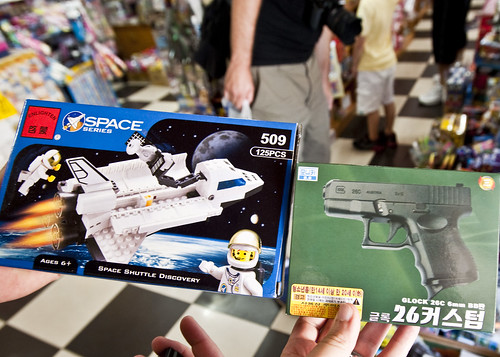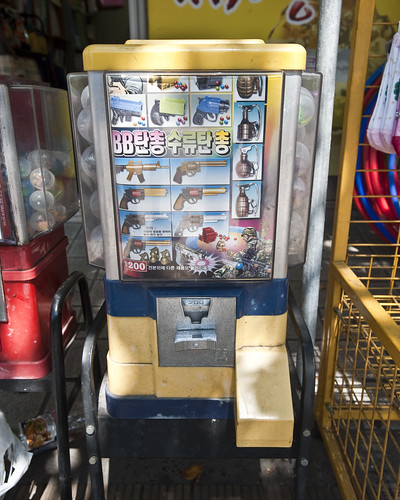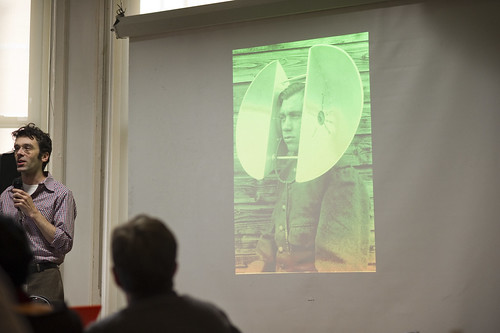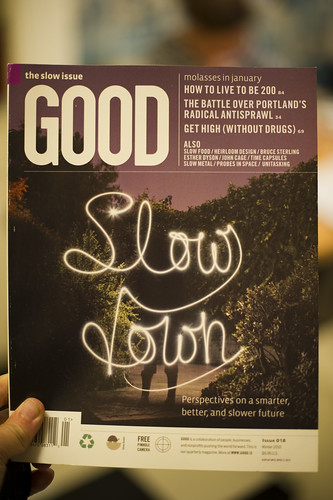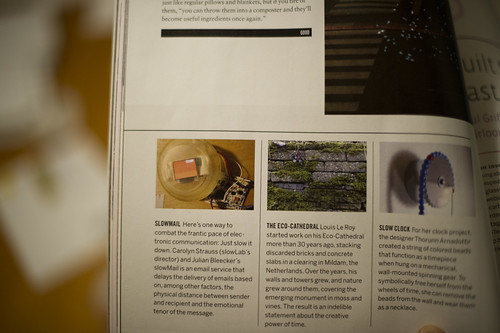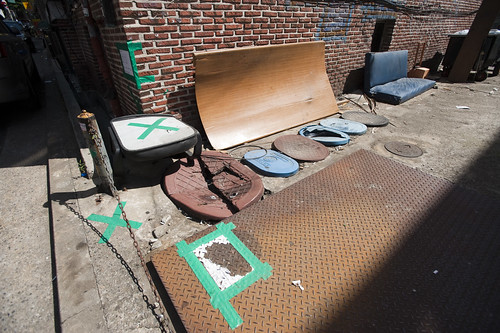Get the flash player here: http://www.adobe.com/flashplayer
var so = new SWFObject(“http://www.db798.com/pictobrowser.swf”, “PictoBrowser”, “500”, “500”, “8”, “#EEEEEE”); so.addVariable(“source”, “sets”); so.addVariable(“names”, “SCS2010”); so.addVariable(“userName”, “julianbleecker”); so.addVariable(“userId”, “66854529@N00”); so.addVariable(“ids”, “72157623066738659”); so.addVariable(“titles”, “on”); so.addVariable(“displayNotes”, “on”); so.addVariable(“thumbAutoHide”, “off”); so.addVariable(“imageSize”, “medium”); so.addVariable(“vAlign”, “mid”); so.addVariable(“vertOffset”, “0”); so.addVariable(“colorHexVar”, “EEEEEE”); so.addVariable(“initialScale”, “off”); so.addVariable(“bgAlpha”, “90”); so.write(“PictoBrowser100117084809”);
I attended the Microsoft Social Computing Symposium, 2010 edition, held at New York University’s ITP, and sponsored Microsoft Research’s Creative Systems Group. The theme of the event was on the theme of “city as platform”, a very intriguing and curious topic for the Laboratory, especially in light of the recently published A Synchronicity book with Nicolas Nova (who also attended), which explores the theme of ubiquitious computing in urban contexts, and does so without the assumptions of efficiency, seamless connectivity and interaction perfection.
There were a number of highlights, which will likely appear in the videos that were captured by the capable A/V Club at ITP.
I’ll give some notes from the notebook.
Kevin Slavin’s talk that related high-frequency trading in financial markets to the location of high-cost network data center carrier hotels 10ths of milliseconds closer to where trade’s were happening, to the Rothschild’s carrier pigeon fleet that put them 10s of days closer to Waterloo where Napolean’s war was happening, to the stealth bomber algorithms of hiding big things by scattering them all over the place..that are suspiciously similar to the ways the high-frequency traders hide their massive, bulky transactions as they attempt to make their financial-bomb runs through unsuspecting public markets. I don’t think that adequately summarizes it as it was a far-ranging, epic talk with many linkages to very intriguing things, and made great use of imagery and archival videos that correlated the absence of the brush and push and crazy gesturing of market trading in by-gone eras to the more ephemeral actions of today’s push-button trading. Yet..there is still the physicality and materiality of this, as with most things social — only this time it is the locations and the physical infrastructures that have become significant. It turns out, as we know — the network happens in specific places. The hubs and nodes are physical structures — data centers, carrier hotels, terminal entryways for submarine cables connecting continents, etc. Now it is 80 Hudson for Wall Street — an enormous infrastructure building, formerly owned by Western Union which is where the internet happens for New York City and Wall Street. The real estate within and surrounding it is expensive out of all conventional proportion — because it is *closer by milliseconds* to where the network transactions happen. The physicality of moving bits of data around that must push their way through routers, hopscotch through switches, pass their baton of information over hubs, slip and fall on microsecond-long packet blockages — all this means that the closer you can get in time to *where the internet is* — the less likely your transaction event will be spotted by the next guy in time for them to piggyback like a pilot fish on your enormous, sharkish money-making gobble.
I’m sure I’ve mangled the substance of his talk, and this is just my recollection a week-on. Hopefully, we’ll have the video soon. ((You might also do a hashtag search on Twitter for condensed, real-time notes from the event…just start at the beginning and work toward the present to get the right flow. The stuff at the end is mostly people saying how much fun they had.))
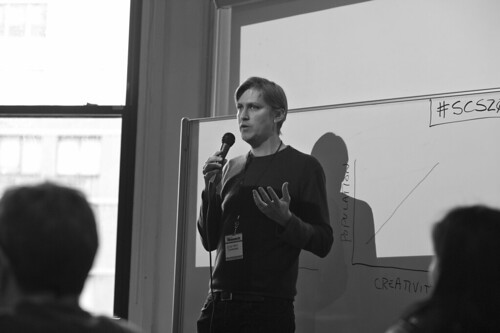
Steven Johnson
There were several other very good, thought-provoking talks: Steven Johnson‘s talk that introduced to me exaptation…..
[[Exaptation, cooption, and preadaptation are related terms referring to shifts in the function of a trait during evolution. For example, a trait can evolve because it served one particular function, but subsequently it may come to serve another. Exaptations are common in both anatomy and behavior. Bird feathers are a classic example: initially these evolved for temperature regulation, but later were adapted for flight. Interest in exaptation relates to both the process and product of evolution: the process that creates complex traits and the product that may be imperfectly designed.]]
….in the context of cities and creativity, a rethink for a moment on *new ideas need old buildings* alongside of that, and a curious applique of Kleiber’s Law….
[[Kleiber’s Law is the observation that, for the vast majority of animals, an animal’s metabolic rate scales to the ¾ power of the animal’s mass. Symbolically: if q0 is the animal’s metabolic rate, and M the animal’s mass, then Kleiber’s law states that q0 ~ M¾. Thus a cat, having a mass 100 times that of a mouse, will have a metabolism roughly 31 times greater than that of a mouse. In plants, the exponent is found to be close to 1.]]
…..as a metaphor for understanding urban mass/density and its relationship to the metabolic/creative/energy production in cities. Or something along these lines. ((despite my mucking it up, there’s something curious here that Steven implied was a topic in the book he is presently working on — also, some ties into Hunch and DIYcity, the endeavor he is working on in collaboration with John Gerachi.
Molly Steenson gave a fascinating swirl around the topic of a history of the city and computer, with lots of curious imagery of things like Western Union people rollerskating around to deliver messages and pointing out this relationship between AI and architecture, including a book by Nicolas Negroponte that should probably be reprinted called The Architecture Machine: Toward a More Human Environment which is just too curiously designed and too provocative a title by an author whose contemporary work gives me an annoying rash and makes me sigh — this one looks intriguing. Unfortunately, only available used, but I’m a book whore. Add-to-cart.
which is just too curiously designed and too provocative a title by an author whose contemporary work gives me an annoying rash and makes me sigh — this one looks intriguing. Unfortunately, only available used, but I’m a book whore. Add-to-cart.
Dan Hill and Duncan Wilson gave a good talk overview of various very curious projects at Arup with the emphasis on projects that are about “Making the Invisible, Visible”, using real-time data to expose neighborhood activity. My favorite point here was the use of neighborhood “smart towers” — like a church tower or water tower or something that can be seen from the *neighborhood* versus the more individual/home-based “smart meters.”
That’s it. Great event with smart, interesting talks and workshops and all that. Thanks for the invitation. Oh, wait — one additional thing: it was quite interesting to see the communication of ideas using more video/time-based motion in *slides*, moving clearly away from static slides. Nothing wrong with that — it was just curious to see much of it happening rather than just static images.
Continue reading Microsoft Social Computing Symposium 2010 – Notes
